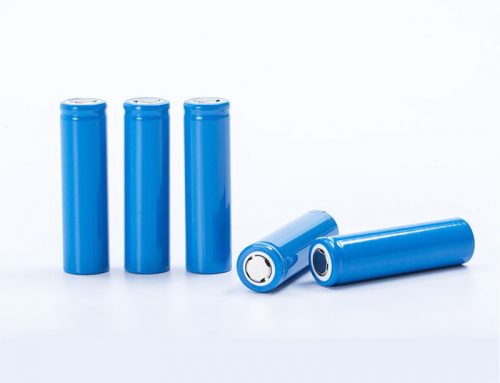In brief, an LiFePO4/C cathode with water-based binders demonstrated superior electrochemical performance in a half-cell test.
Binders play a critical role in the mechanical stabilization of electrodes. However, commercial-grade adhesive polyvinylidene fluoride is soluble in N-methyl-2-pyrrolidone, which is an organic solvent that is both toxic and expensive. Therefore, water-soluble binders have recently been considered as a promising alternative. In this study, an aqueous polymer with an interpenetrating network was introduced as a binder. Poly(acrylic acid), polyvinyl alcohol, and lithiated sulfosuccinate acid precursors were employed for blending through an esterification reaction at a high temperature. This gel-like binder exhibited excellent cycling stability and high coulombic efficiency even at high current densities because of the promotion of ionic conductivity. This ionic polymer was systematically connected with active materials to ameliorate the electrochemical polarization of interfacial resistance. On the basis of these advantages, as well as its low cost, facile manufacturing process, and high performance, this simple method provides a pathway for achieving a commercial-grade high-capacity for Li-ion batteries. The electrochemical performance of LiFePO4/C electrodes maintained a specific capacity of 170 mAhg−1 over 200 cycles at first charge, coupled with a coulombic efficiency of approximately 99% reversibility. In brief, an LiFePO4/C cathode with water-based binders demonstrated superior electrochemical performance in a half-cell test. The development of aqueous processing should provide considerable potential for meeting the requirements of next-generation high-power Li-ion batteries.
